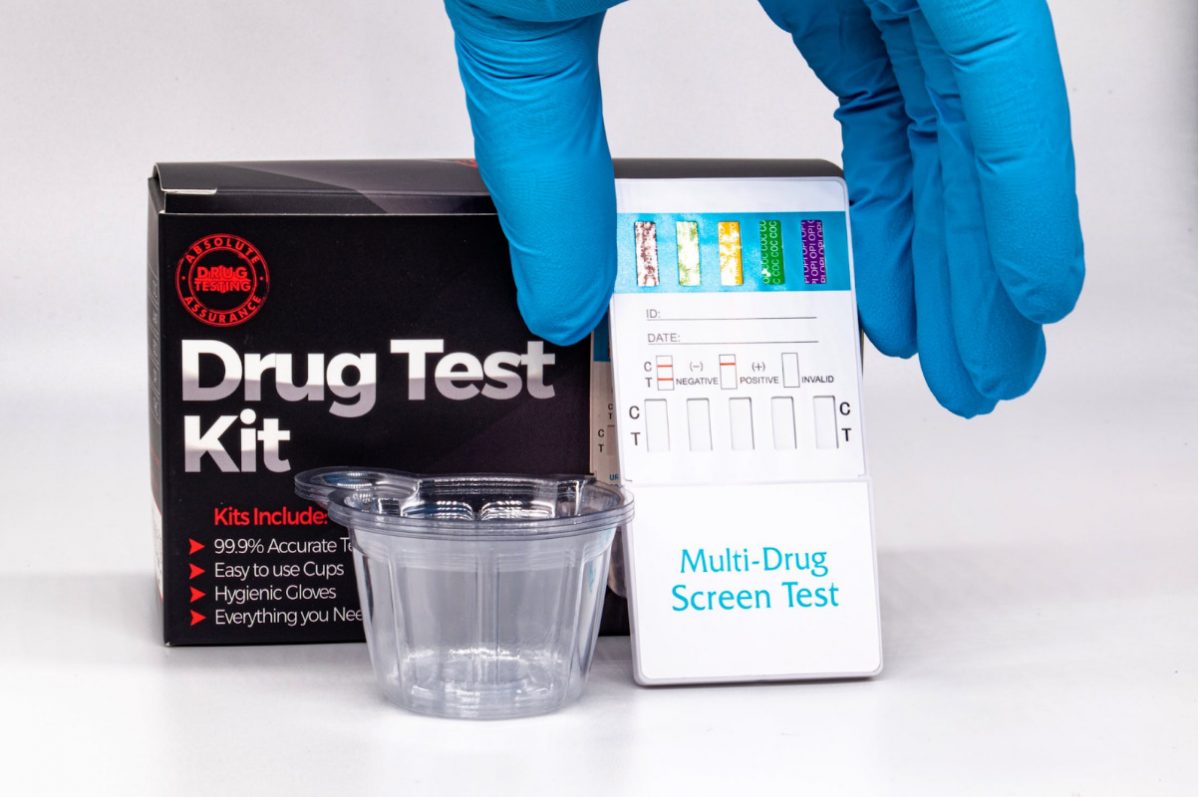There are many quick and practical ways to check if somebody is on drugs, including a drug test. These tests can be done by the individual themselves or with the help of a medical professional. Learn more about these different options and how they work to figure out which one may be best suited for your needs.
Urine Tests
These tests are the most common type of drug test, and they can be used to detect both illegal and prescription drugs. The test is done by providing a urine sample, which is then screened for the presence of drugs.
The most common sorts of urine tests are instant tests, which are available over-the-counter, and lab tests. Instant urine drug test kits can be bought at pharmacies, head shops, and medical supply stores. These tests are simple to use – all you have to do is collect a sample of urine in a cup, dip the strip into the liquid for about ten seconds or so, then wait for the results. If there are drugs found within your system, then lines will appear on the strips that change color based on their level of concentration. You can also find a typical 12-panel drug screen test online if going to the pharmacy is too much of a hustle for you. This way, you can have tests done practically and instantly at home, test that screen for the presence of drugs within seconds.
Blood Tests
There are a few different types of blood tests that can be used to detect drugs, including immunoassays, gas chromatography-mass spectrometry (GC-MS), and enzyme-linked immunosorbent assay (ELISA). Immunoassays are the most common type of blood test used to detect drugs, and they can be used to detect a wide range of drugs. GC-MS is more expensive than other types of tests, but it is more accurate than other methods. ELISA is a quick and inexpensive test that can be used to detect certain types of drugs.
Sweat Tests
Sweat tests can be used to detect both illegal and prescription drugs. The test is done by collecting sweat, which is then screened for the presence of drugs.
Two main types of sweat tests can be used to detect drugs – patch tests, which can be placed on an individual’s arms or back over several days; and tape tests, which are done by placing small patches onto an individual’s skin for about one minute to collect sweat. Afterward, these patches are sent off to a lab where they are tested for the presence of specific substances.
Saliva Tests
If you are a part of the majority who think that the only way to perform a drug test is by taking the sample of urine or blood away from the person’s body, think again! Some tests can detect drugs within your saliva.
Saliva tests are quick and easy to do – all you have to do is swab your mouth with a sterile cotton pad for around 20 seconds. Then put this cotton pad into a solution that will dissolve cells; after which, the liquid is sent off to a lab where it is then tested for the presence of certain substances, and they can detect drugs in saliva within just a few minutes.
Hair Tests
Hair tests work by looking for drug metabolites within hair follicles at different points throughout the strand of hair after it has been cut off from one’s head or body. Usually, these tests can detect illegal drugs up to 90 days after drug use has stopped, but some professionals say that they can be effective for up to a year, depending on how much and how often somebody uses drugs.
Sure, this test might not sound medicinal and professional enough, but the method used here is far more convenient, quick, and efficient than taking a blood sample, for example. All you have to do is make sure to get a small amount of hair – about the size of a pencil eraser – and send it off to a lab.
There are many different ways to get somebody tested for drugs. You can use a home drug test kit, go to the pharmacy, or take a blood, saliva, or hair sample. Whichever way you choose to get tested for drugs, make sure that you are aware of what type of test it is and how it works. Knowing this information will help you decide which method may be best suited for your needs.
Learn more about these different options and how they work to figure out which one may be best suited for your needs. You also want to make sure you know the laws of your state for drug testing. If you live in New York, look up New York drug testing laws before you start testing employees.

